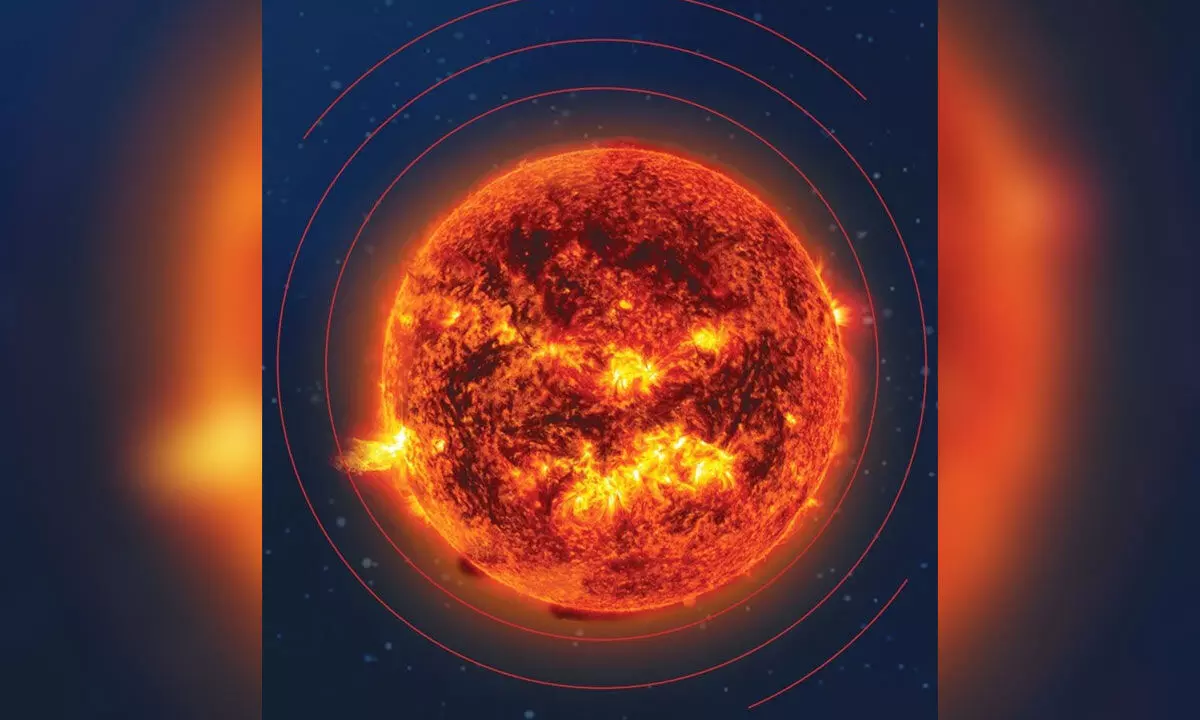ISRO tests high efficiency, low cost battery

ISRO on Friday said it has tested a new kind of battery cell which is more efficient and costs less than conventional ones.
Bengaluru: ISRO on Friday said it has tested a new kind of battery cell which is more efficient and costs less than conventional ones. The national space agency said it has qualified 10 Ah Silicon-Graphite-anode based high energy density Li-ion cells as a low weight and low cost alternative to conventional ones being used currently.
The flight demonstration of the cells as a battery was also successfully completed by powering a resistive load onboard the POEM-3 platform of PSLV-C58, launched on January 1, the space agency said in a statement. "Based on the confidence gained through this performance, these cells are poised to be used in upcoming operational missions where 35-40 per cent battery mass saving is expected. The system finds application both in space and ground use," ISRO added.
The on-orbit voltage, current and temperature values of the battery were acquired through telemetry and found to match well with the predictions, it said. Compared to conventional Li-ion cells which use pure graphite as anode material, this cell uses Si-Graphite composite as anode material. This helps in accommodating more Lithium ions for a given unit mass of anode material and thus improves the energy density of the cell. In addition to the material change, this cell also employs cost-effective hardware, which is readily available and a crimped sealing based design, which reduces the hardware cost and fabrication cost significantly.
The energy density of the Silicon High energy Li-ion cells is 190 Wh/kg with an operating voltage of 4.2 to 2.8 V, against Lithium-ion cells (157 Wh/kg). During the flight, the battery system worked for 21 hours in 15 orbits delivering a capacity of 8.9 Ah with final drained voltage of 0.4 V, ISRO said. Before inducting any new systems in operational vehicles & missions, the Vikram Sarabhai Space Centre (VSSC), the lead centre of ISRO, subjects the system to rigorous qualification and flight demonstration as piggyback payloads. Same approach was followed for these cells also. The capability of the cells to survive and perform in harsh space environments was also successfully demonstrated through the POEM experiment, it was stated.
Aditya-L1 final destination today
ISRO has geared up to perform a crucial manoeuvre on Saturday to put Aditya-L1 spacecraft -- the first space-based Indian observatory to study the Sun -- into its final destination orbit, some 1.5 million kilometres from the Earth. According to ISRO officials, the spacecraft will be placed in a halo orbit around Lagrange point 1 (L1) of the Sun-Earth system, about 1.5 million km from the Earth. The L1 point is about one per cent of the total distance between the Earth and the Sun.

















